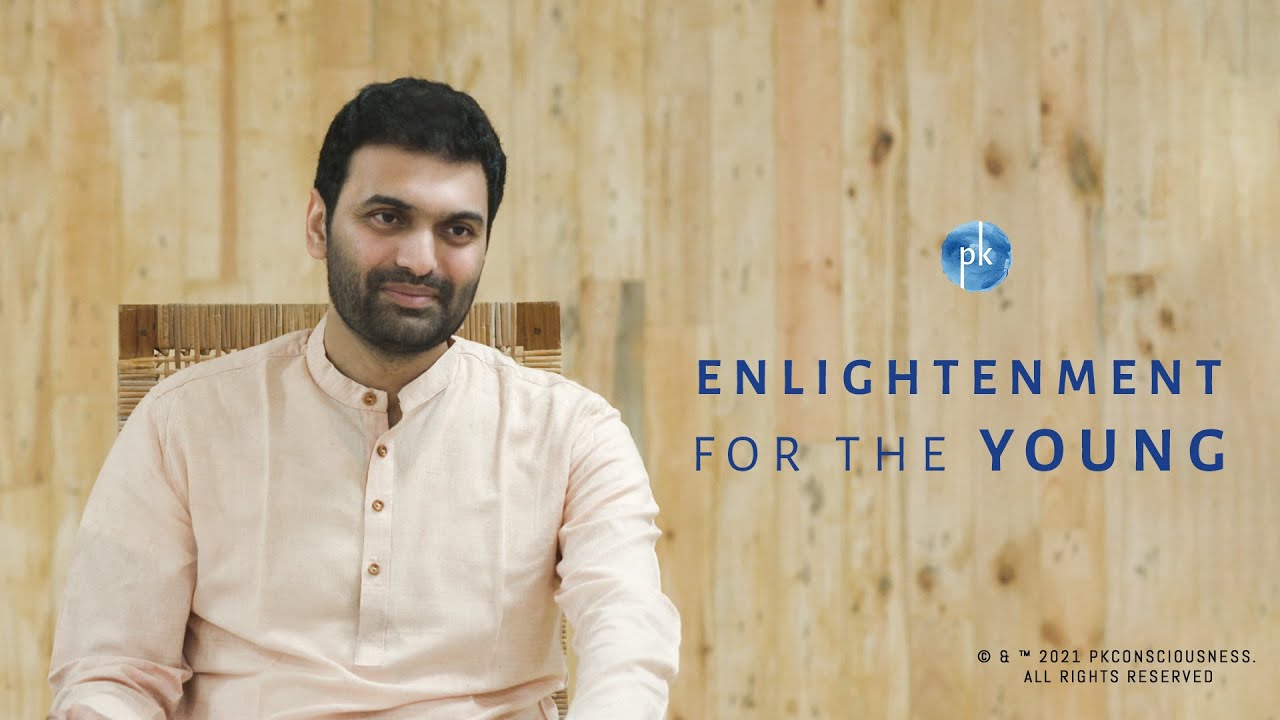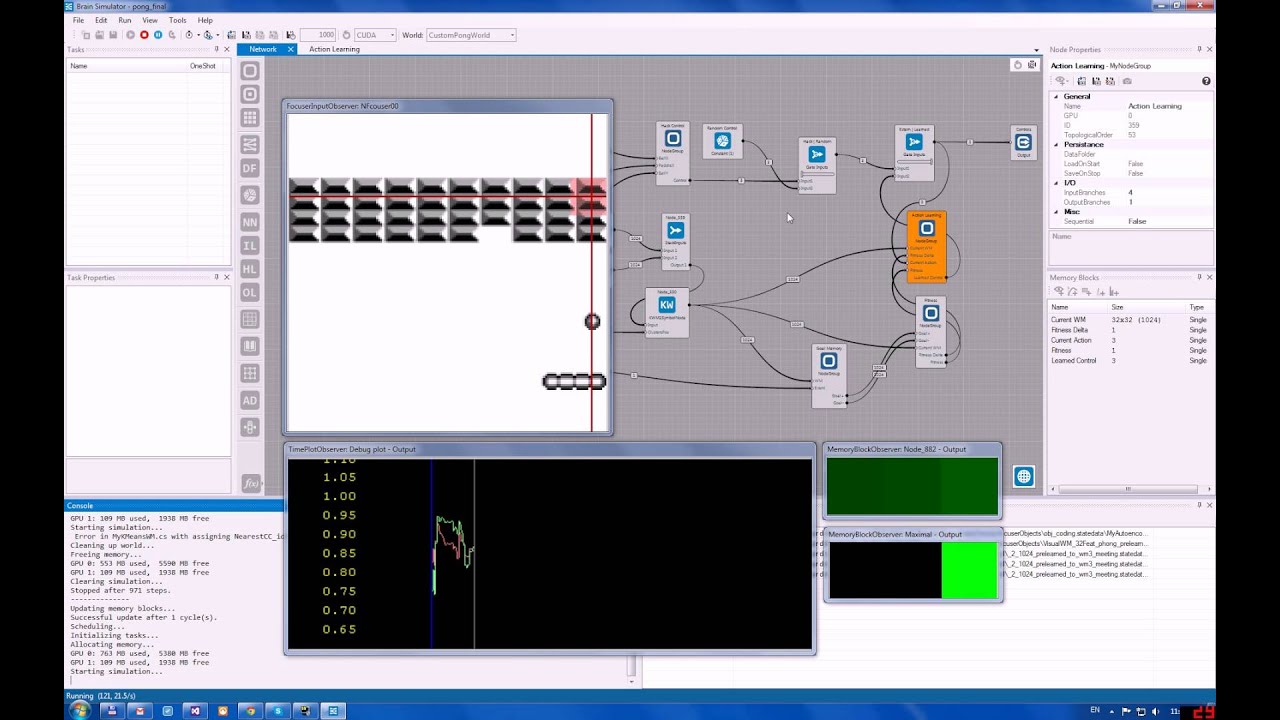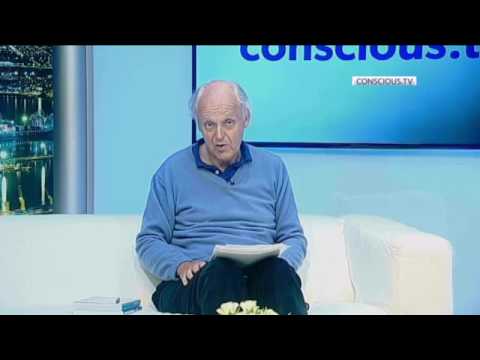TDF
It’s one of the most popular portraits in the history of art. Yet the subject of that portrait remains elusive. The Secret of Mona Lisa explores the trail of evidence that has gathered since the da Vinci masterwork was first unveiled around 1503.
That mysterious gaze is not only the puzzle the portrait offers. The key question revolves around the identity of the smiling woman. Was she a meaningful figure in da Vinci’s life or merely a figment of his imagination?
Of course, a number of theories abound, the most widely accepted of which identifies the subject as Lisa Gioconda, the wife of successful silk merchant Francesco del Giocondo. The filmmakers put this supposition to the test by traveling the globe, conferring with experts, and investigating every piece of recorded history they can find.
In Florence, they trace the earliest biographies of da Vinci and uncover the source of the portrait’s name. Along the way, a panel of historians reconstructs the lives of the Giocondas. It’s possible that da Vinci was desperate for commissioned work at the time. Perhaps a sense of desperation and convenience led to his settling on an offer from figures outside of the aristocracy. Complications ensue, however, when researchers are unable to unearth the transaction anywhere in the country’s immaculately maintained tax records.
The artist opined a different source of inspiration for the famed painting in historical texts, yet some scholars doubt the veracity of these claims.
Each discovery (or lack of) inspires a flurry of additional questions. Could he have painted the portrait much earlier than 1503? Or might he have inched toward its completion over the course of many years? Scientific studies are employed to examine the work through x-ray and other high-powered imaging capabilities.
The Secret of Mona Lisa is an illuminating forensic journey into the identity of an unknowable subject, but it’s not the only portrait explored in the film. Equally fascinating is the story of Leonardo da Vinci himself, the time in which he operated, his working methods, and the value of his artistic expressions.




